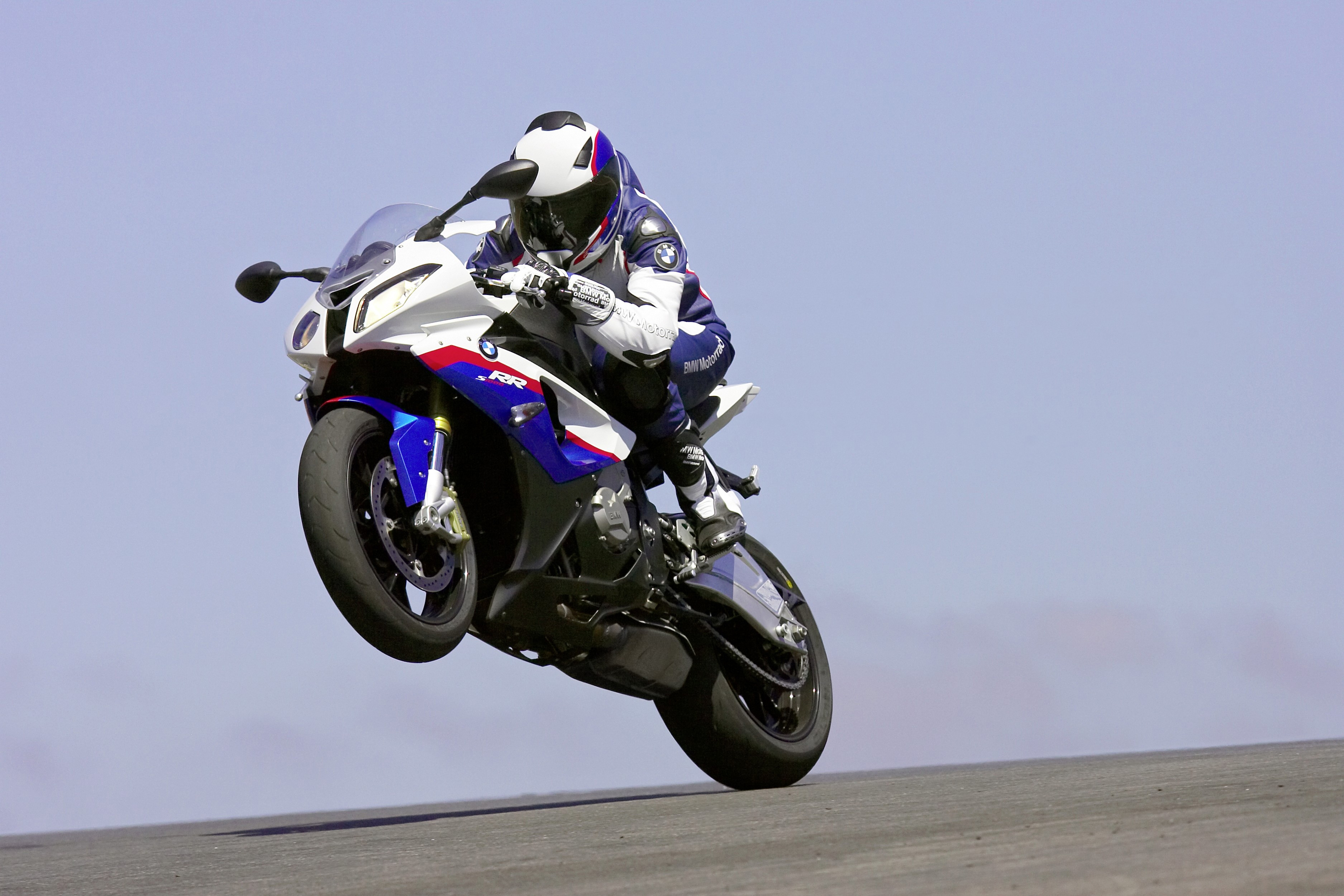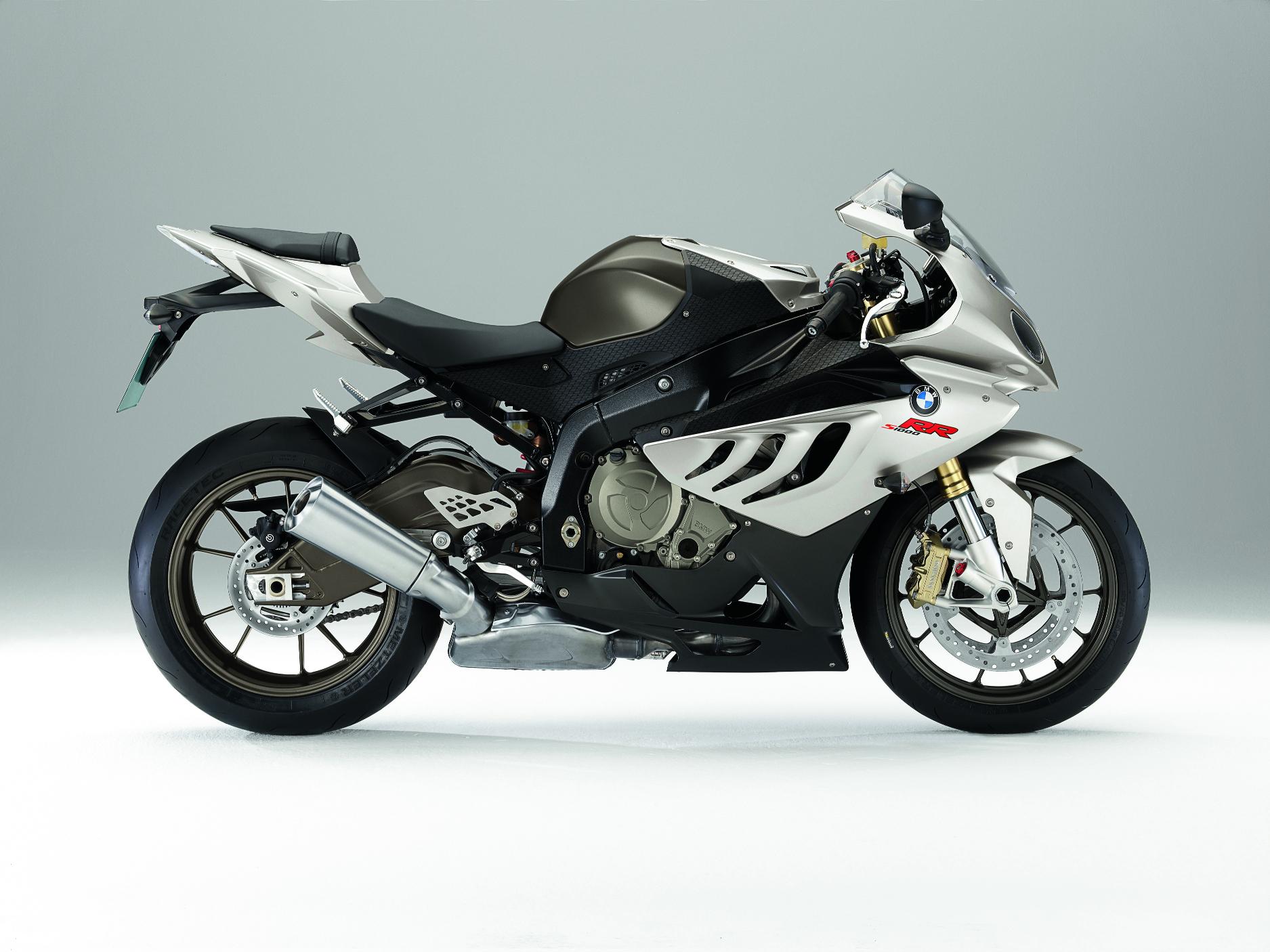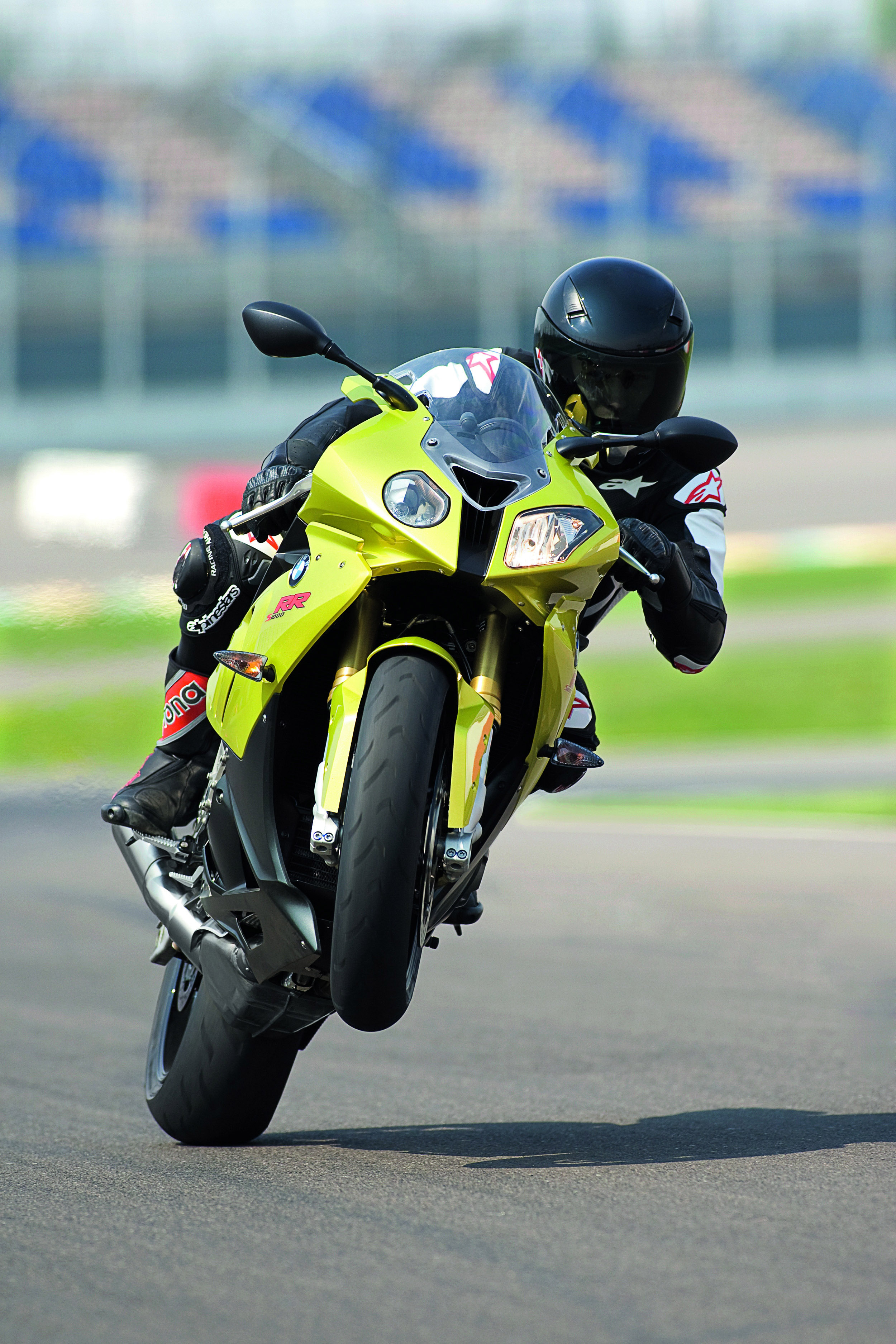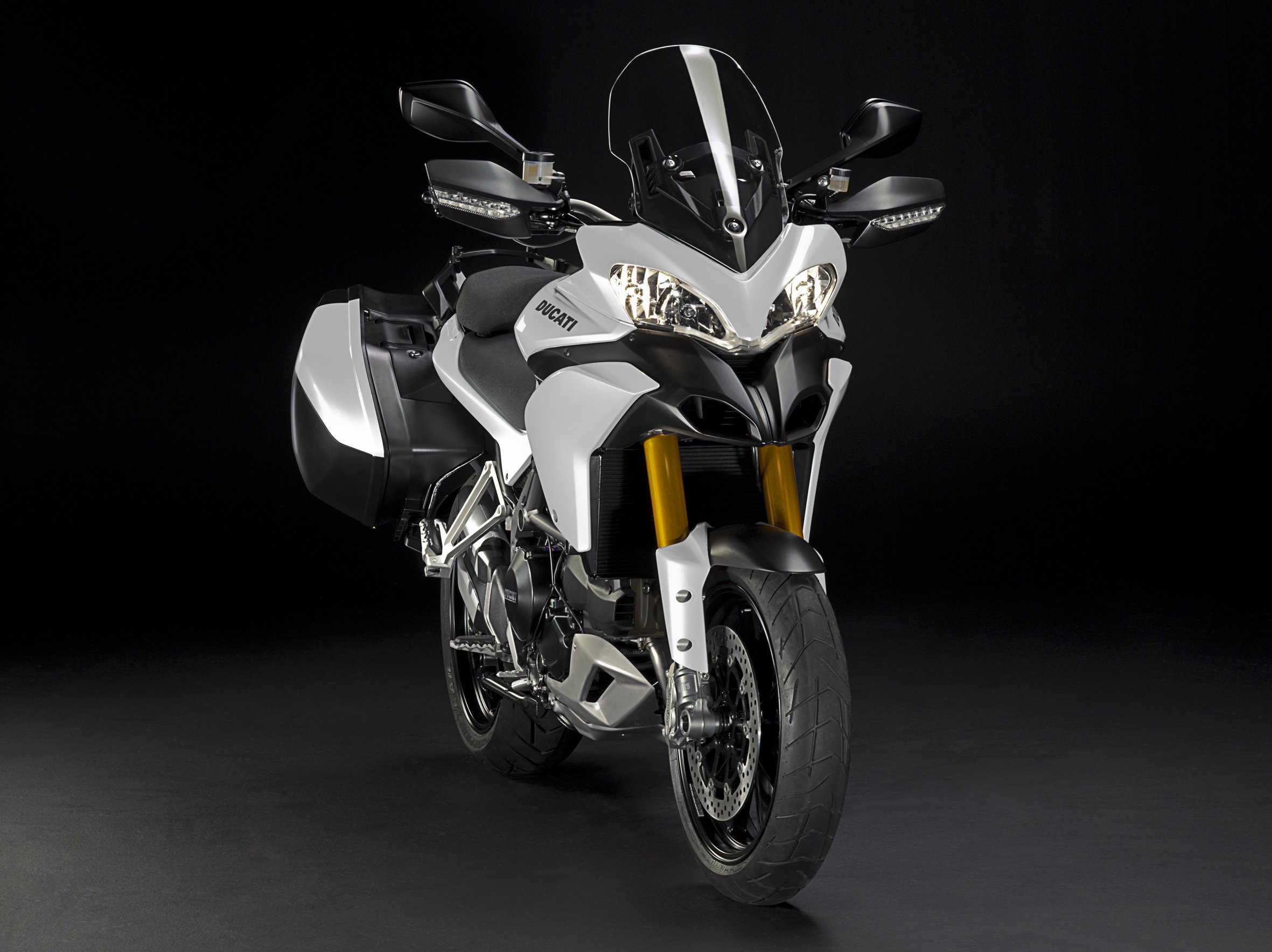"Photos by Milagro A few years ago most dual-purpose bikes were boring devices: too slow to be fun on the road, and too crude and heavy to be much good off it. BMW changed all that with the hugely popular "

Techno Philia
This is an extraordinary time for motorcycling and an extraordinary time to be a motorcyclist. The horizon has shifted and a new era of automation has arrived – where the once raw, mechanical simplicity of a bike (two wheels, engine, seat) has transformed into the digitised sci-fi hypercycles of today (two wheels, computer, engine, computer, seat, sensors, computer…). But of this year, in particular…
The trickle-down of race-bred technology, developed by genius racers like Valentino Rossi, is less of trickle now and more of an ever-widening hole in the dam of technical progression, pouring its way from racetrack to showroom by the following year. (Although, that dam is being rapidly plugged by accountants’ fingers and exponentially restrictive emission regulations. But that’s another story.)

Now most bikes feature some form of calming technology that allow you to change engine characteristics via different fuel maps. Many bikes feature some form of ABS now, ranging from simple wheel-speed sensors to slightly more complicated systems. This isn’t new anymore. However it gets better and better and, after this year, will no longer be a dirty word among biking purists. And traction control has been talked a lot, but makers of true sportsbikes are reluctant to embrace the technology in their production bikes. Yet no rider can watch Casey Stoner barrelling into a corner during a MotoGP race, pinning the throttle wide open, his faith fully in the Ducati traction control, and not want a piece of that. Let’s face it, the average weekend warrior can’t get anywhere near the full power of his litre superbike, and all have had one of those terrifying moments where it’s scared the bejesus out of them, whether they’ll admit it or not.
Sportsbikes have developed to a point where we just don’t need anymore power; what we now need is a way to actually enjoy our bike and play with its potential within our own, different comfort zones. We want to pretend to be Stoner or Rossi.
This year the focus has shifted instead towards manufacturers whose bikes have always been great but regarded as niche machines, dominating niche genres, or luxury playthings, expensive and temperamental. It’s BMW and Ducati in the spotlight in 2010 – two companies unashamedly embracing the GP toys we want to play with.

BMW, known for making off-road battleships like the R1200 GS, have left bike journos aghast with the new 192bhp S1000RR supersports bike (read that again: 192bhp, in a 204kg machine!). It’s already being lauded as the best litre bike you can buy, and ride on the road. Part, if not most, of this is down to the kind of development you’d expect from BMW, once they decided to use their technical knowledge of building the best off-road bikes to develop a proper sportsbike. The engine is a vanguard of technical progression, and the chassis it sits in is a mathematical masterpiece. But what elevates the S1000RR above the Big Four’s offerings is its full-on ABS and traction control systems, integrated into an electronics package that’s so clever it probably updates your Facebook page when you get your knee down.
No other manufacturer has plunged so deep into this technology. They’ve jumped into the hole we expected Honda to fill. The BMW has four switchable modes: Rain, Sport, Race and Slick. The first two are all you need on the road; the latter two unleash more power and loosen off the safety systems a bit. And this is where the genius lies – unlike any of the existing, relatively crude traction control systems (Kawasaki’s new 1400GTR, Ducati’s 1098R…), the Beemer system not only measures throttle input, wheel spin, possibly sphincter dilation, but also lean angle. This is a first in a production bike. In Rain mode it will take over your ham-fisted throttle control once you lean past 38 degrees. Sport and Race mode give you 45 degrees to play with before it starts questioning what you’re doing with your right wrist. And Slick mode, obviously for when its shod in slicks and can lean further, goes to Rossi-mimicking 53 degrees. Clever stuff.

The biggest surprise of the year however, and the bike that sets a precedent – not only for the manufacturer and its future models but for everyone else – is the new Ducati Multistrada 1200. Here is a bike that raises the game significantly by creating four machines in one, not just four different engine characteristics. Actually, it’s 16 bikes in one, but I’ll get to that. This is the small Italian firm’s most important bike to date, at their own admission, and the bike that could change perceptions of Ducatis as being unreliable, agricultural, noisy track toys that need servicing every weekend.
The new ‘Strada joins a class of gadget festooned trailies, like the 2010 BMW R12000GS and the forthcoming Yamaha Tenere, but brings with it the technology to transform itself into a road bike, a tourer, an off-road mud plugger and a city bike. It also features four mode settings, flickable at the handlebar, but these settings alter the suspension set-up, as well as the power delivery and ABS sensitivity. It truly is a remarkable piece of kit, for so many reasons.
The fact Ducati have increased the engine mileage before servicing instantly makes a Duke more affordable and more attractive. And you can expect all the developments on this bike to make their way to other Ducati models very soon. But the fact you can flick between the perfect city bike – softer suspension for potholes, tempered throttle response, highly sensitive ABS – to a full-power Sport mode – taut suspension, all 150bhp, medium ABS sensitivity – is a revelation. Want to head off up that firetrail? Hit Enduro mode and the ABS drops to well-relaxed, the suspension extends and the power switches to one of three power curves.
And it’s all tweakable, so you can choose full 150bhp off-road if you plan on doing the Dakar, or not. In fact, each of the four modes allows you to also select solo or pillion, with or without luggage, making sixteen factory suspension settings, all of which you can programme into your four modes. If you’re not happy with Ducati’s chosen parameters, you have 31 damping settings to play with on the forks and 16 degrees of rebound on the rear shock.

The £10,995 base model doesn’t feature the electronic suspension, and the ABS is a £700 option. The four modes alter engine mapping only. But most UK deposits have been put down on the full-featured £14,295 S Touring model or S Sport model. The Touring comes with panniers, heated grips and a centre stand while the Sport gets carbon fibre trinkets.
I’d buy one based on looks alone, but this underlying controllable schizophrenic nature is the future, and I find it very exciting. Although, I probably shouldn’t at the moment: I now have to go outside and deal with my Audi, which is currently switching its lights on and opening the windows when it fancies, after getting rainwater into its Comfort Control Module a few weeks ago.
Hmmmm
CLICK TO ENLARGE









